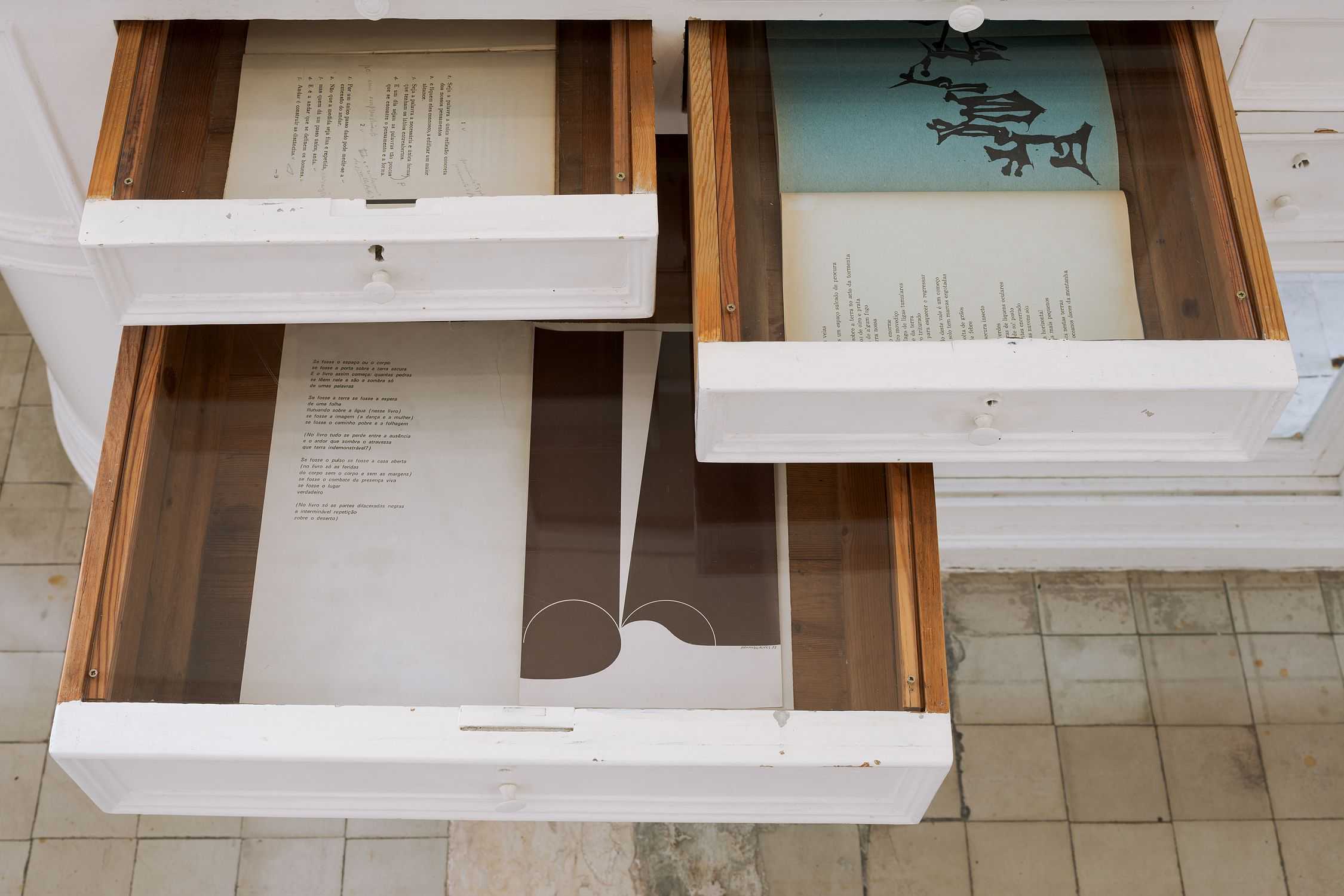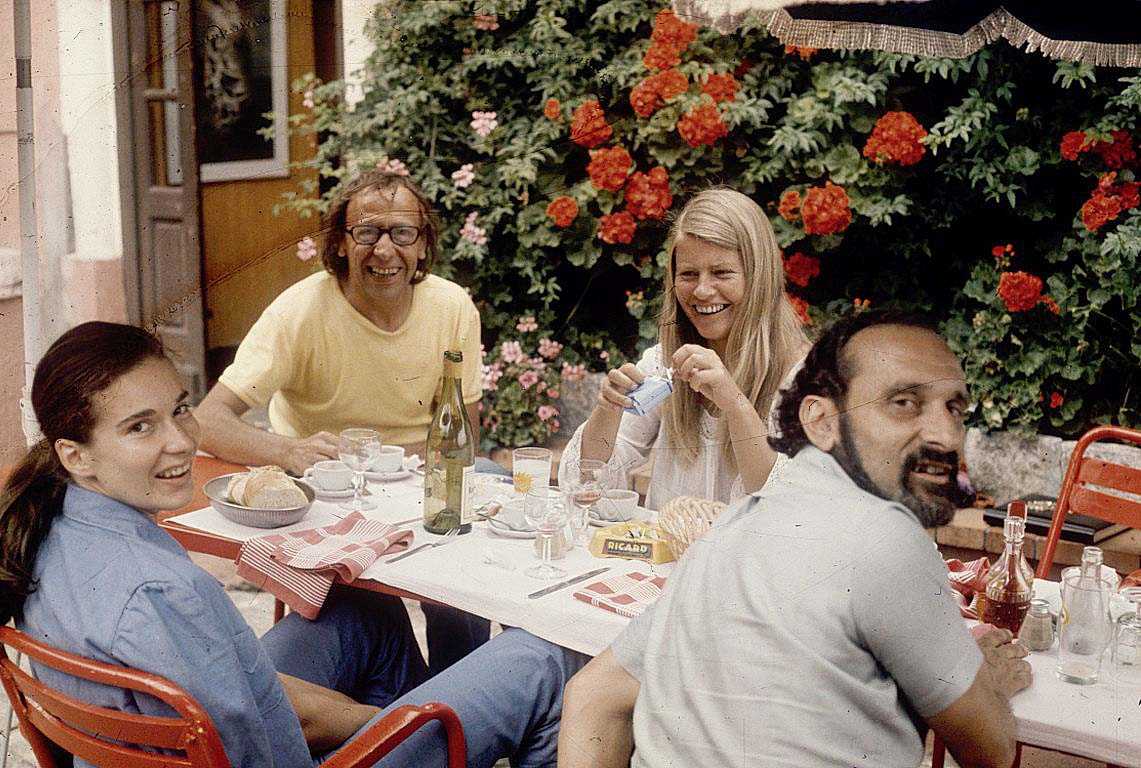PROVOKE Magazine (1968—1969)
[ Sunday 5.1.2025 ]
Dan Friedman: Radical Modernist
[ Sunday 12.1.2025 ]
For David Lynch
[ Sunday 19.1.2025 ]
Bas Jan Ader
[ Sunday 26.1.2025 ]
Chaplin Today: The Great Dictator
[ Sunday 2.2.2025 ]
Felix Gonzalez-Torres: Remembered
[ Sunday 9.2.2025 ]
Rodney Graham
[ Sunday 2.3.2025 ]
Stalker by Andrey Tarkovsky
[ Sunday 9.3.2025 ]
Herzog & de Meuron: Natural History
[ Sunday 16.3.2025 ]
Hans-Peter Feldmann: Personal Archive
[ Sunday 23.3.2025 ]
Out of Print
[ Sunday 30.3.2025 ]
Caderno de Apontamentos
[ Sunday 6.4.2025 ]
Extended Caption (DDDG)
[ SUNDAY 13.4.2025 ]
Art Press Magazine
[ Sunday 27.4.2025 ]
Akira Kurosawa’s Dreams
[ Sunday 11.5.2025 ]
O Círculo Meridiano de Espelho
A palavra que rompe o silêncio
Instrumento de Passagens
The Types Between
Project: Silence and Walking #1
Project: Silence and Walking #3
Restoring of Sight
«Mondothèque» Cabinet of Pages
AUNG Archive #1
raum: Seaport of Winds
Raum: Online Artist Residencies
Reflexão
Radical Publishing #1
Re Inventar o Dia Claro
Point de Vue
Wrong Wrong Magazine Online
Project: Silence and Walking #2
Travessia de Fronteira
Typography in Architecture
TNSC Website Proposal
Brochures
Visual Identity
Flyers
Posters
Catalogues
Artes e Leilões Magazine
Invitations
Caderno de imagens
Journal and Newsletter
Other Delli Week 8: Os livros fazem comunidades
Sebastião Rodrigues
Corita Kent
John Cage & David Tudor
EXD'13: Type Studies
[Dis] assembly of silences
The Old Place
Arthur Russell: Wild Combination
Candle
Visual Cosmologies
Samuel Beckett's FILM (1965)
Otar Iosseliani’s Aprili
Fluxfilm Anthology
Other Delli Week 7: PICNIC
IADE: Communication Design
Avant Garde Magazine
Cézanne
Bram de Does
Samuel Beckett: Quadrat 1+2
Dimanche à Pekin (1956)
Fluxus Spirit
Roy Arden blog
IADE: Type Studies
Samuel Beckett's FILM (1965)
Directed by Alan Schneider and starring Buster Keaton
“esse est percipi” (to be is to be perceived)
— Bishop Berkeley
«Samuel Beckett’s first cinematographic experiment. Here again, even more explicitly, the camera’s ‘gaze’ and that of the play’s sole character coincide, in the form of a fixed image of his own face seen at the last minute in a reverse shot, after the character has struggled until the end to protect himself from seeing it. Here, literally, what makes the image stop, and the film along with it, is the subject’s visual recognition of himself in the encounter. A mesmerizing effect. The film, the unreeling of the images, stops when what constitutes its subjects is the subject him or herself; in other words, when the construction of the person who perceives becomes more important that the construction of the presentation of the perceived subject. Today, among a whole generation of artists, we find a king of development of the first formulations of this reversal interest.»
Excerpt from the essay «The Time of Re-departure: After Cinema, the Cinema of the Subject» by Jean-Christophe Royoux.
Book «Art and the Moving Image: A Critical Reader» (Edited by Tanya Leighton and Tate Publishing in Association with Afterall, 2008).
[ archivePauloTSilva ]
External Links
Transdisciplinary Studio
M A N I F E S T O
If artists and designers continue to insist on requiring a studio – then shouldn't the way each of them mobilizes it be a crucial component of any analysis of their practice?
— Alex Coles, The Transdisciplinary Studio (Sternberg Press, 2012)
Questioning the definition of disciplinary boundaries and the nature of the possibilities of their transgression, the Transdisciplinary Studio is an appeal to transdisciplinary methodologies and the current contextualization of the understanding of ‘transdisciplinarity’ as a new studio model for the expanded structure that is specific to contemporary artistic practice.
Here, the idea of the Internet as a meta-working space that complements the physical studio is explored and represented.
Interested in the distinction between ‘transdisciplinarity’ and ‘interdisciplinarity’, this project looks at “transdisciplinarity” as a new kind of ‘intelligence’ that mirrors the bond between mind, affection and body, while calling for a paradigm change that would also embrace a (University) reform.
































































